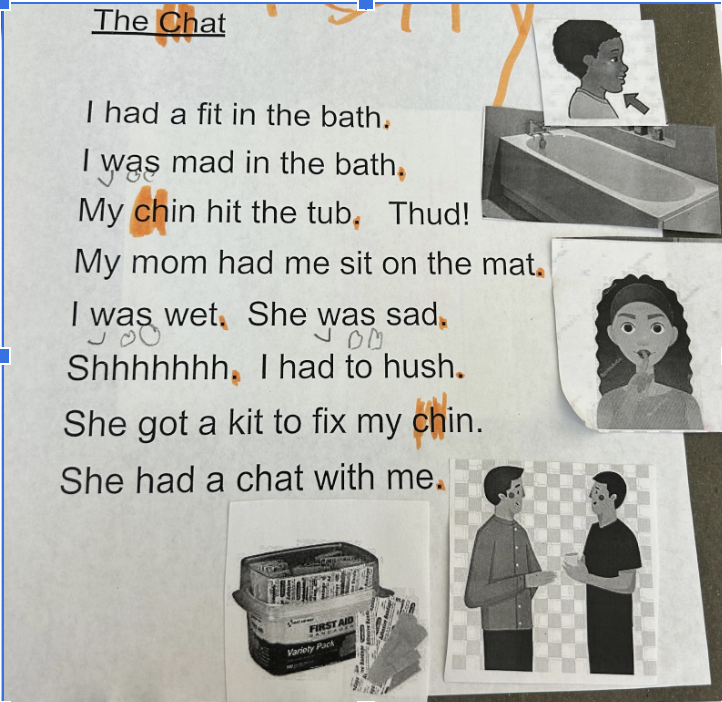Who Says You Can’t Add Meaning to Foundational Literacy?
Elementary teachers across the country are changing the way we teach students how to read. Scarborough’s Reading Rope grounds our work in theory, showing the various components that contribute to skilled reading. This is a useful model, but it doesn’t address how to weave together language comprehension and word recognition in an actual classroom.
Here are some of the questions I’ve heard before:
“How can decodable texts address reading comprehension?”
“How can you make time to incorporate both meaning and decoding into structured literacy lessons?”
“How can you incorporate meaning into word or sentence dictation?”
“How can the science of reading prepare students for the rigor of the upper elementary grades?”
In this blog, I’m going to provide some tangible examples of how I embed language comprehension into every structured literacy lesson.
Before I begin, we must change our mindset. Just like we have rewired our brains to change the way we teach students how to read, we must rewire our brains to make meaning a “non-negotiable” in structured literacy lessons. If this is already happening in your classroom… great! Stay tuned for some effective meaning-based strategies and please share yours. Get your colleagues on board! If this is new for you, thank you for coming along for the meaning-based ride. I’m sure you won’t regret it. I hope you leave with at least one strategy you can implement in your classroom TOMORROW!
One more note: the goal is for this practice of blending language comprehension and word recognition to become seamless. When I first started this work, I had to thoroughly plan out when and how I would address the top part of the reading rope. Just like our students’ brains, after multiple experiences and exposures, this practice became sticky in my brain! Here are some ways to get started:
Think ahead and consider background knowledge. Provide visuals for word and story reading. Have pictures readily available for student reference throughout your lesson. Just because students can read the words doesn’t mean they will stick. They need to make the connection to meaning and visuals can help with that!
2. Be creative with encoding! Instead of dictating target words to students, show them the picture and have them figure out what it is, say the sounds, and write the word.
3. Provide multiple meanings of words. Take the time to discuss the word, ask students if there is another meaning for this word. Have students sketch multiple meanings and discuss with a partner.
4. Incorporate word sorts- they are engaging and effective. Working on a target skill? Have your students sort words according to that skill. But don’t stop there! Ask students questions about the meaning of these words or have them match with the correct picture.
Can you find a word that means?
5. Embed academic vocabulary into classroom routines.
Teacher direction: “Heads-up and get to work.”
Meaning-based direction: “Adjust your bodies and engage in your assignment!”
6. Decide on a comprehension goal for students. When reading a decodable text, leave students with a question in mind and address at the end of the lesson through a “Turn and Talk” or sentence dictation. This learning goal should be the last thing you say before sending your kids off to get started.
“While you are reading, I want you to think about _________.”
“While you are reading, I want you to think about what the word ___ means.”
Teaching structured literacy with a meaning-based lens has transformed my instruction. One of the most rewarding things is hearing a student independently say:
“I know multiple meanings of this word!”
“I can say this word in a sentence.”
“I remember hearing this word in whole-group.”
“Can we discuss the story?”
Who Says You Can’t Add Meaning to Foundational Literacy?
Adding meaning to foundational literacy should be seamless.





